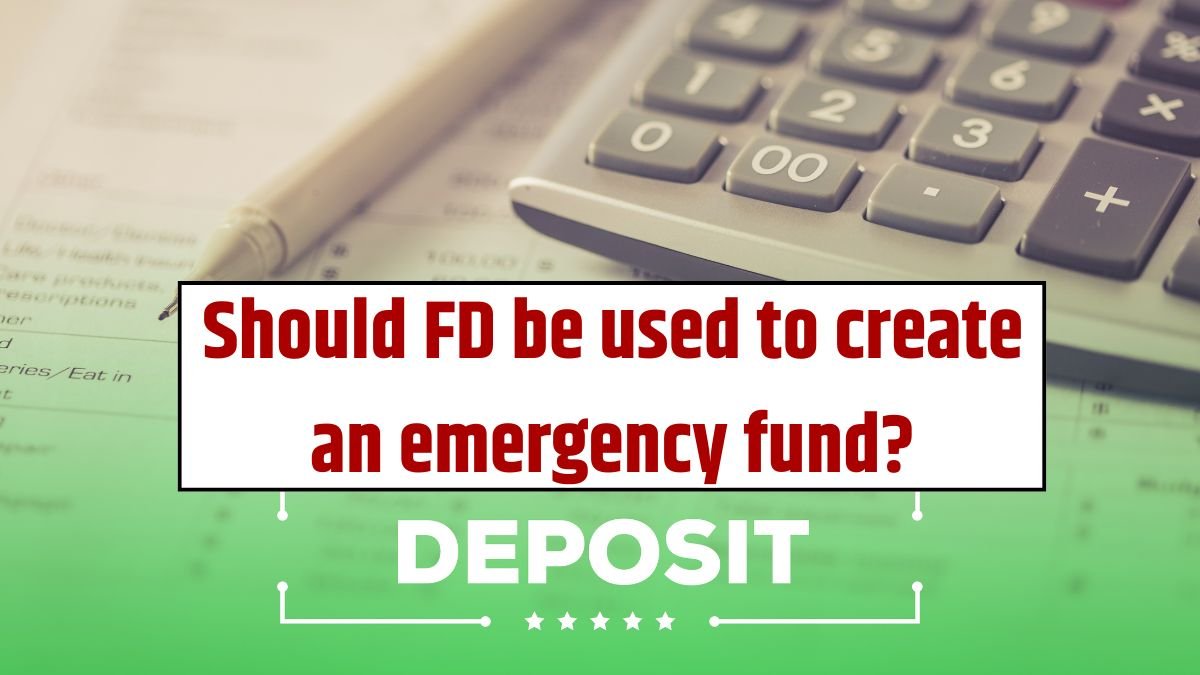If you’ve ever wondered, “Can a Fixed Deposit be my emergency fund?”, it’s worth taking a pause before deciding. On the surface, an FD looks safe and reliable—but in a real emergency, breaking it before maturity can cost you far more than you expect. FD Rates
When Breaking an FD Becomes a Costly Mistake
Chartered Accountant Nitin Kaushik recently shared a real story. A woman had four FDs, each with more than a year and a half left before maturity. Everything was fine—until her father’s health took a sudden turn for the worse. The surgery couldn’t wait, and she needed funds immediately.
When Breaking an FD Becomes a Costly Mistake
Chartered Accountant Nitin Kaushik recently shared a real story. A woman had four FDs, each with more than a year and a half left before maturity. Everything was fine—until her father’s health took a sudden turn for the worse. The surgery couldn’t wait, and she needed funds immediately.
Why FD is Not the Best Emergency Fund
Kaushik explains it simply—an FD is a great investment for safety, but not for emergencies. Emergency funds need to be:
- Easily accessible at any time
- Free from penalties for withdrawal
- Liquid, so you can use the money instantly without delay
Smarter Alternatives for Your Emergency Fund
Experts recommend using liquid mutual funds or a sweep-in FD for emergencies. These options let you withdraw money quickly, often without penalties.
It’s also wise to keep at least six months of living expenses in a separate emergency savings account. Set up an auto-debit so you’re consistently adding to it. As a backup, consider a medical credit card or health insurance top-up for large unexpected bills.






